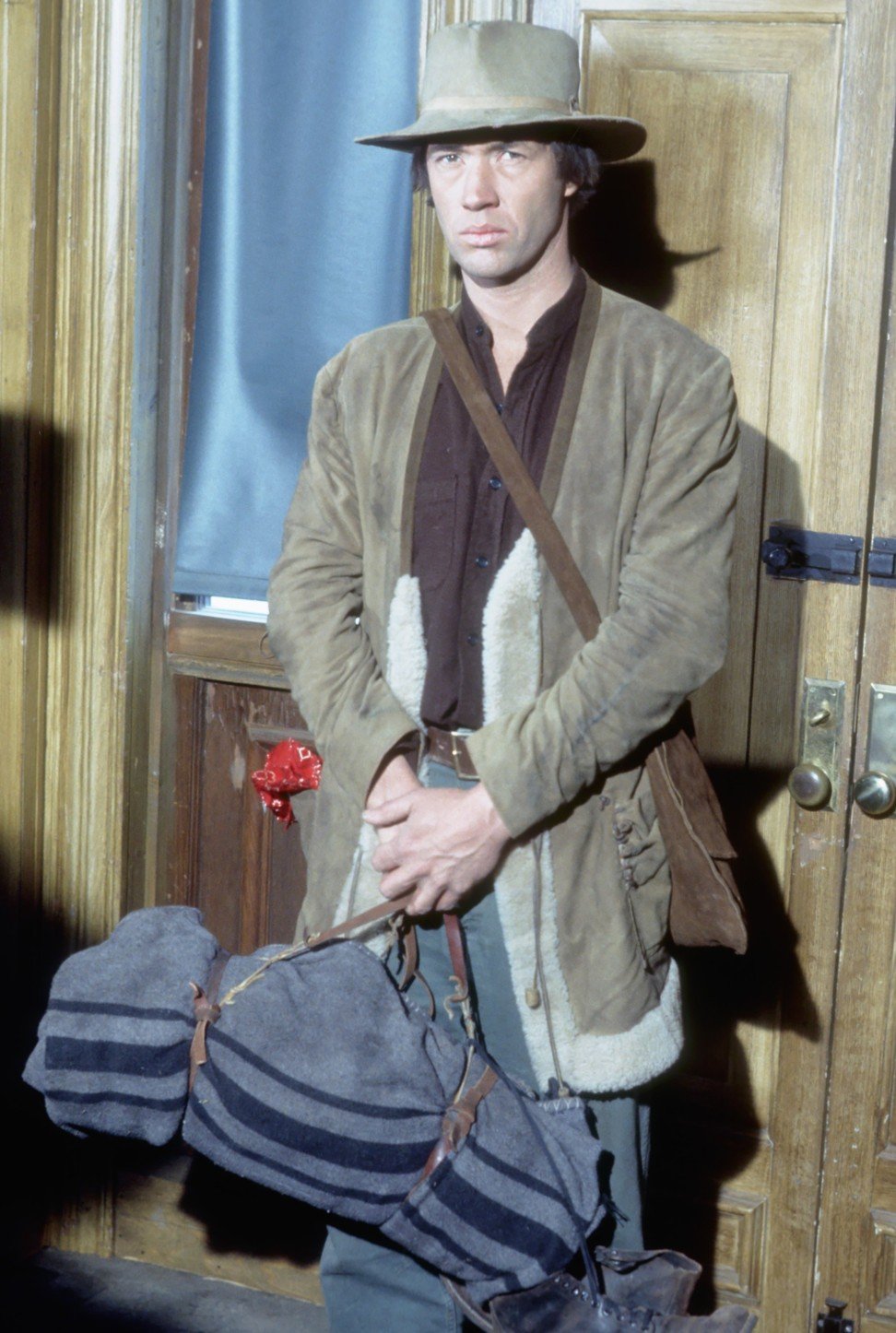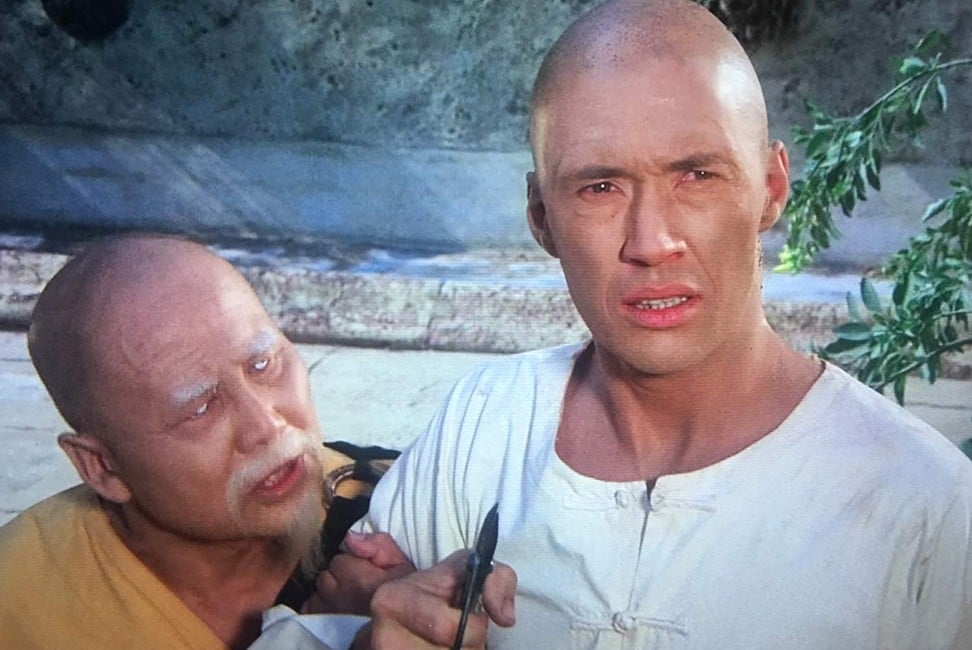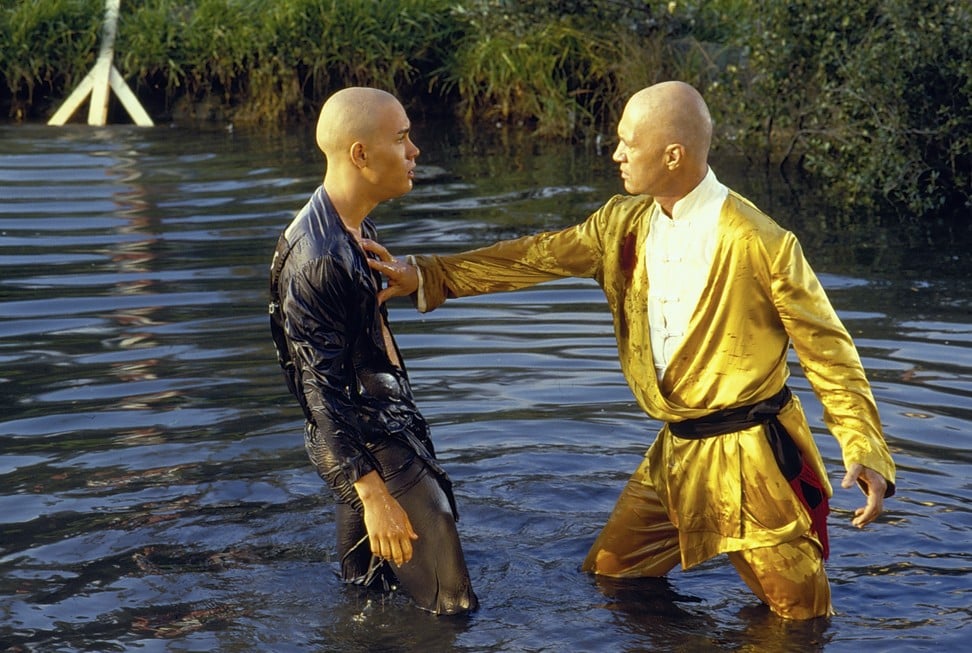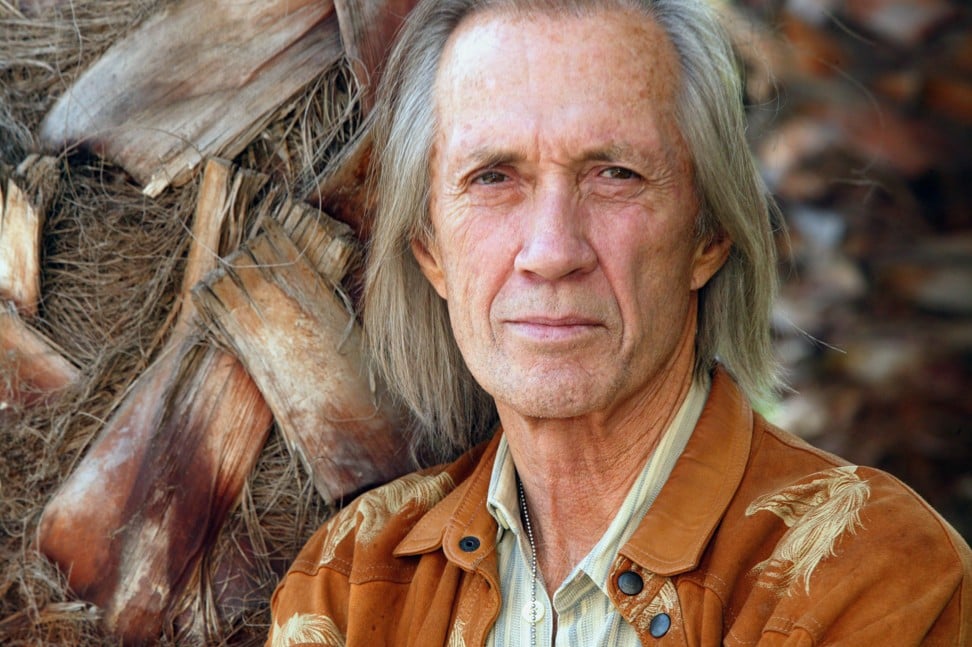
In this regular feature series on the best of Hong Kong martial arts cinema, we examine the legacy of classic films, re-evaluate the careers of its greatest stars, and revisit some of the lesser-known aspects of the beloved genre.
The US television series Kung Fu, which told of the adventures of a Shaolin monk in the Wild West, holds a controversial place in the history of martial arts entertainment.
The hit show, which ran from 1972 to 1975, introduced kung fu to mainstream viewers in the United States, and to viewers in the UK, where it was extremely popular.
Kung Fu was also the first US television series to treat Asian philosophy in a positive light, and the first to feature an Asian hero who was both a better fighter and a morally superior person to the non-Asians he encountered.
But Asian-Americans were angered by the choice of a Caucasian actor, David Carradine, for the lead role of Kwai Chang Caine, the half-American, half-Chinese hero, rather than an Asian.
What’s more, Bruce Lee had auditioned for the role of Caine, but had been rejected because the producers felt that American viewers would not understand Lee’s accent.
Kung Fu acquired even more notoriety when a rumour surfaced that the concept behind the show had been stolen from Lee, who had tried to get a television series called The Warrior – which also focused on the exploits of a martial artist in the Wild West – into production at Warner Bros, the producers of Kung Fu.
Kung Fu is essentially a western. The late 1960s had seen the classical western films, which tried to show cowboy life as a microcosm of civil society, morph into “revisionist” westerns like Soldier Blue. Such films depicted the Wild West as a brutal, harsh and cruel place which lacked civility.
The world of Kung Fu draws on the latter depiction.

The idea for the show came from Ed Spielman, a young comic writer – he wrote jokes for comedians – who was, unusually for the time, obsessed with Chinese and Japanese culture. Spielman studied Mandarin, karate and even kung fu, and was inspired to write a film script by his love of Akira Kurosawa’s . The script finally ended up as the Kung Fu television series.
Carradine plays Caine, a Shaolin monk who fled to the US after taking revenge on the emperor’s son for killing his sifu, or teacher (played by Chinese-America actor Keye Luke). A bounty has been placed on his head for murder, so Caine must keep moving from town to town to avoid capture. A pacifist by nature, he will only use his kung fu skills as a last resort.
At that point in his career Bruce, as an actor, was a comedian - Carradine in 1993 on why he was more suited for the Kung Fu lead role
Caine often finds himself in situations where he must protect the weak and innocent from criminals, gangs, drunks and Native American Indian attacks. During such conflicts, the story flashes back to Caine’s time as a novice in the Shaolin Monastery. Caine listens to his sifu relating sayings – seemingly based on verses from Lao Tze’s Taoist classic Tao Te Ching – which he uses to guide his actions.
Youngsters at the time were fascinated by these flashbacks, especially when they featured Caine as a young child called Grasshopper.
“Today, listening to Kung Fu feels like hearing an endless string of fortune cookies, but at the time this kind of potted ‘Eastern philosophy’ was a revelation for a lot of children and teenagers,” says Grady Hendrix, a US-based writer who scripted the Netflix documentary .
“It made the case that martial arts weren’t just about punching people in the face, but about coming to a better understanding of yourself. Kung Fu was a spiritual journey. That went a long way in getting kung fu accepted in the suburbs,” Hendrix says.

Bruce Lee was the Kung Fu creators’ first choice to play Caine. But according to Matthew Polly’s biography Bruce Lee: A Life, when approval was finally given for a television series, Warner Bros executives were worried that American viewers would not be able to understand the Hongkonger’s accent. So they gave the role to Carradine, who had impressed them at an audition.
Carradine knew nothing about Chinese philosophy, nor about martial arts. According to Hendrix, Carradine “had said he’d only ever heard the words ‘kung fu’ twice before appearing in the show”.
Carradine has always maintained that he won the role because he was more suited to the part of Caine than Lee was. “At that point in his career Bruce, as an actor, was a comedian,” Carradine said in an interview with the LA Times in 1993, probably referring to Lee’s role in television’s light action caper The Green Hornet.
“He had never shown any ability to do any dramatic acting. It was all fighting and jokes. What they needed for that part was somebody who could have a brooding, quiet power. And I had more of that than Bruce did,” Carradine said.

Research by Polly confirms that the Kung Fu series and Lee’s proposed martial arts western The Warrior were two different entities, and no one stole Lee’s idea. According to Polly, the seven-page television treatment of The Warrior – originally called Ah Sahm – which Lee had written differed significantly from Kung Fu. Lee’s treatment was about a Chinese kung fu master who travelled to the Wild West to free Chinese workers from exploitation.
“The striking similarities between Ah Sahm [The Warrior] and Kung Fu – both are Eastern westerns – has led some Bruce Lee biographers to mistakenly assume they were the same project, or that Bruce was the author of Kung Fu. In fact, they are distinct,” writes Polly.

The Kung Fu series, although always popular, was discontinued in 1975 after three seasons and 63 episodes because of problems in Carradine’s personal life.
A well-known drug user, Carradine broke into his neighbour’s home while stoned, cut himself on a window, bled all over the house, and allegedly assaulted a woman. The show was quickly dropped as a result, although it was resuscitated as Kung Fu: the Next Generation (1987) and Kung Fu: The Legend Continues series in 1993. (Carradine accidentally killed himself while indulging in the sexual practice of auto-asphyxiation in 2009.)

An updated version of Kung Fu featuring a female lead character has been in discussion for some years. A modern version of Lee’s , produced by Lee’s daughter, Shannon Lee, and Justin Lin, debuted on US television in 2019.
Want more articles like this? Follow SCMP Film on Facebook







